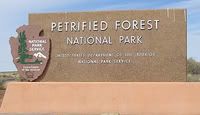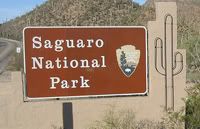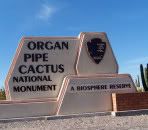Brown Pelican coming in for a landing
Monday, January 23, 2012
Wilderness Park - Belted Kingfisher
This Belted Kingfisher was found in the Wilderness Park in Downey, CA. The female has a reddish brown secondary belt of color across its breast, which the male lacks. It is usually spotted on tops of trees, telephone poles and wires, fence posts, and other lookout points near bodies of water, looking for fish and other prey below.
Wilderness Park - Green Heron - juvenile
This Green Heron is a juvenile. The adult has a glossy greenish black cap of feathers on top of its head. It is often found with its neck pulled tightly against its body, as it is here.
Almansor Park - Hooded Merganser (male)
The male Hooded Merganser has a black head with a white patch. The "hood" is contracted here, but the feathers can be expanded to look like a hood on top of its head.
Almansor Park - Hooded Merganser (female)
As the name suggests, the Hooded Merganser has a crown of feathers that it can expand and contract. When expanded, as it is here, it looks like a hood.
Almansor Park - Lesser Scaup (male)
The Lesser Scaup is a species of duck that feeds mainly by diving for its food.
Almansor Park - Ring Necked Duck female
like most ducks, the female Ring Necked Duck is less colorful than the male.
Almansor Park - Ring Necked Duck (male)
This duck is named for its cinammon hued ring of feathers around its neck, which can be seen here. The ring around its bill gives it the nickname, "Ringbill"
Almansor Park - Mandarin Duck drake
The Mandarin Duck is a close relative of the North American Wood Duck.
Almansor Park - Mandarin Duck
This photo of a Mandarin Duck was taken in Almansor Park in Alhambra, CA. Not a native species to North America, but some have escaped captivity to go on to breed in the wild in parts of California.
Sunday, January 08, 2012
Pismo Beach Monarch Butterfly Grove - 1/8/2012
Thousands of Monarch Butteflies migrate to California to spend winter in the coastal trees, such as these Eucalyptus trees in Pismo Beach.
Saturday, January 07, 2012
San Simeon Sunset - 1/2/12
San Simeon - Elephant Seals
Near sunset, we stopped and saw the elephant seals near San Simeon. This fellow was busy defending his territory.
17 Mile Drive - Sea Lions
This rock, at the ironically named Bird Rock viewpoint on 17 Mile Drive, was just full of Sea Lions. Further down the drive, there was a viewpoint were we saw Harbor Seals.
17 Mile Drive - Heermann's Gull
To be honest, trying to ID gulls is about as easy to me as it is to ID sparrows (which to me, is not easy) - lol. But this handsome fellow, has a distinctive red bill and black legs, which identifies him as a Heermann's Gull. He (or she) is in its breeding plumage, as its head is white. In non breeding plumage, the head is grey.
San Luis and Merced National Wildlife Refuges - 12/31/11
Links to websites for both refuges are below:
San Luis National Wildlife Refuge Complex
Merced National Wildlife Refuge
Driving directions to the refuges
Pics are posted below. Happy Trails!
Merced National Wildlife Refuge - Black Crowned Night Heron - 12/31/11
The Black Crowned Night Heron is a much smaller heron that its cousins, the Great Blue Heron and Great Egret. It is much shorter and stockier, and has yellow legs and reddish eyes. Males and females look alike.
Merced National Wildlife Refuge - Juvenile Black Crowned Night Heron
This is a juvenile Black Crowned Night Heron. It is a mottled looking brown while the adults are white with a black crown and back.
Merced National Wildlife Refuge - Snow Geese
Snow Geese cover the fields at the Merced National Wildlife Refuge.
Merced National Wildlife Refuge - Snow Goose
During the winter thousands and thousands of Snow Geese migrate to the Merced National Wildlife Refuge. There were thousands of these birds when I visited the refuge on 12/31/11. And it is just the beginning....more and more will soon arrive. The Snow Goose and Ross's Goose are similar in appearance, except the Snow Goose is much larger and Ross's Goose has a smaller bill.
Merced National Wildlife Refuge - Great Blue Heron
The Great Blue Heron is the largest North American Heron. It is commonly found near bodies of water, and nests in trees or bushes.
Merced National Wildlife Refuge - Common Yellowthroat
The Common Yellowthroat is a member of the New World Warbler family. This bird is a male, as the female lacks the black face mask. These birds like marshy, wet areas with dense low vegetation.
Merced National Wildlife Refuge - Common Gallinule (aka The Artist Formerly Named Common Moorhen)
This bird, like its similar looking cousin, the American Coot, is a member of the rail family. It was until recently called the Common Moorhen. This particular bird is a juvenile, as it is brownish and lacks the red face shield of the adult.
Merced National Wildlife Refuge - American Kestrel (with mouse dinner
The American Kestrel is a member of the falcon family, and is sometimes called the Sparrow Hawk. This, I believe, is a female, as the male has grey wings. The females are larger than the males. It is the smallest falcon in North America, and also the most common falcon in North America.
Merced National Wildlife Refuge - Killdeer
The Killdeer is a member of the plover family. They are considered to be shorebirds, but are often found far from water, out in grasslands (I have even seen them in the parking lot at my job). When they feel their nest is threatened, they play the "broken wing" act to lure the predator away from the nest. They will walk away, holding one wing down, emitting a call of distress. When they feel the predator is far enough away from their nest, they will fly away.
Merced National Wildlife Refuge - Black Necked Stilt
The Black Necked Stilt is common along shores of lakes and oceans. They have long, pink, stilt-like legs, and both the males and females look alike.
Merced National Wildlife Refuge - Northern Pintail
During winter, many water birds winter in wildlife refuges, such as the Merced National Wildlife Refuge. This handsome bird is a Northern Pintail drake. The hens are much less flashy.
San Luis National Wildlife Refuge - Pied Billed Grebe
The Pied Billed Grebe is a water bird that is found in both freshwater and saltwater bodies of water. The males and females look alike.
San Luis National Wildlife Refuge - Belted Kingfisher
As their name implies, these birds are fishing birds, but they also eat amphibians, insects, small mammals, reptiles amd small crustaceans. This particulare bird is a female, as the male lacks the reddish "belt" across its breast.
San Luis National Wildlife Refuge - Tule Elk bull
The Tule Elk is found only in California and is the smallest of elk subspecies. This guy was at the San Luis National Wildlife Refuge in Los Banos, CA. They also can be found at the Tule Elk State Natural Reserve near Buttonwillow, CA. Their larger cousins, the Roosevelt elk, can be found further north in California around Redwood National and State Parks.
San Luis National Wildlife Refuge - Tule Elk Cow
Tule Elk can also be found at Carrizo Plain National Monument, Point Reyes National Seashore and along the Owens Valley from Lone Pine to Bishop.
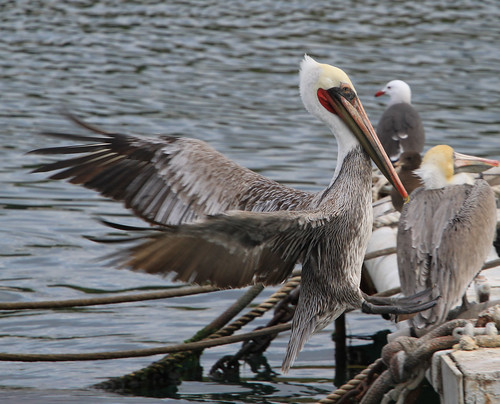
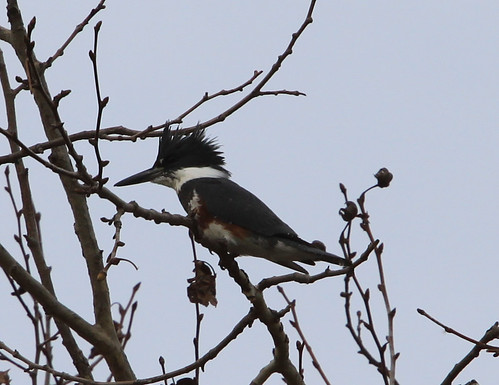
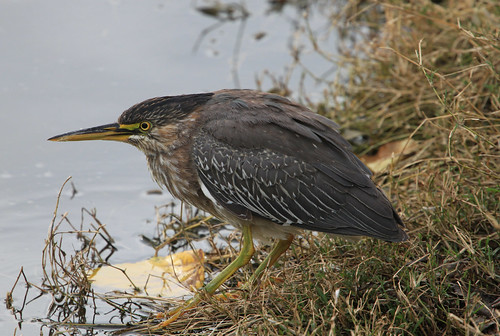
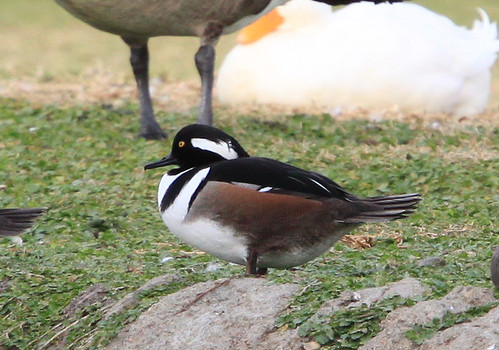
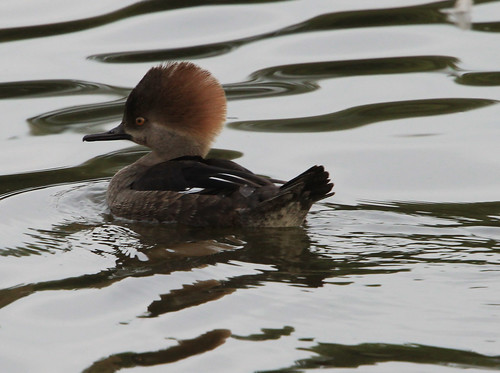
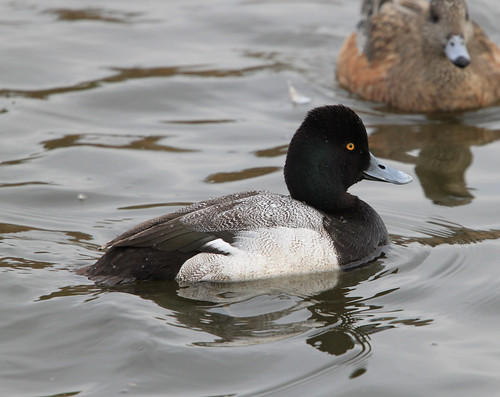

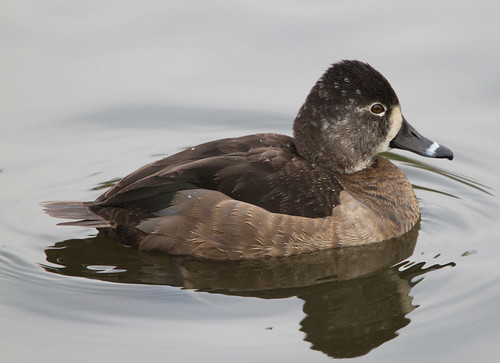
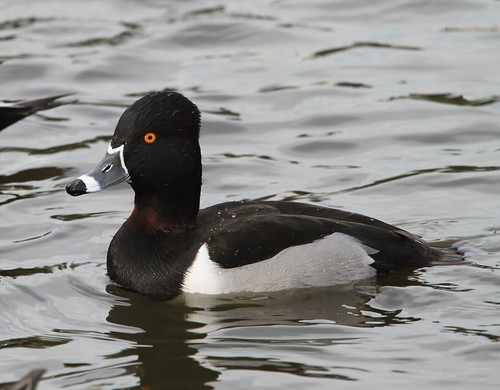


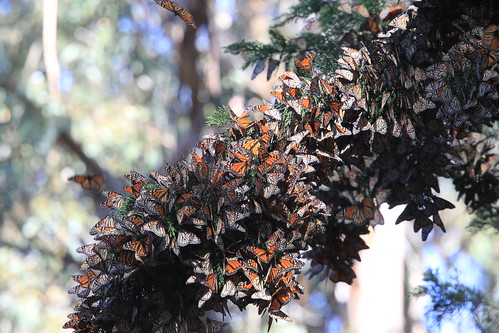
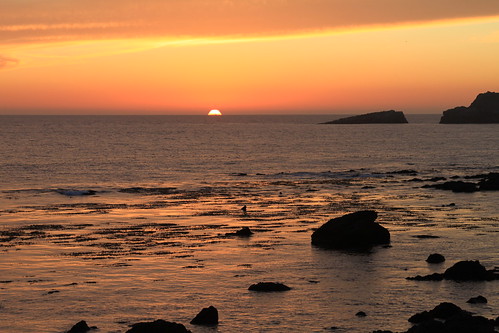
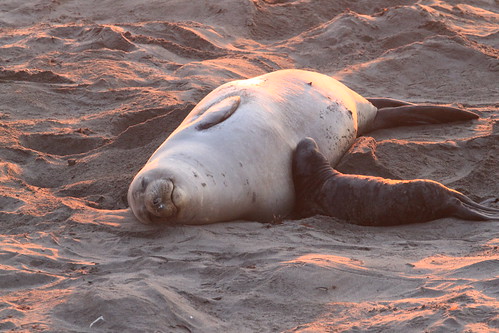
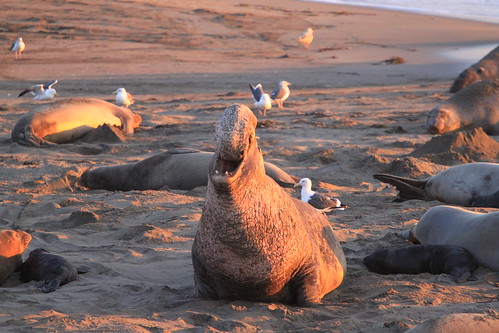
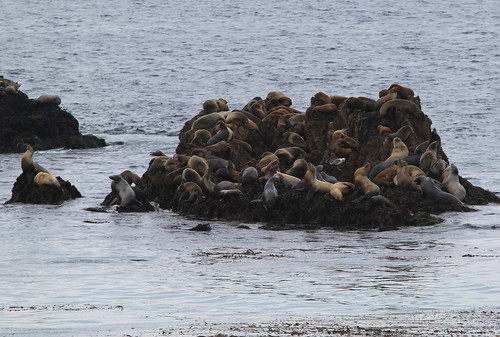
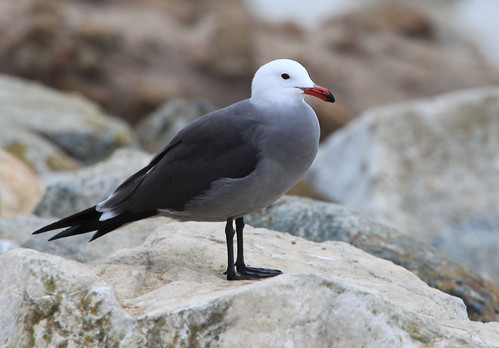

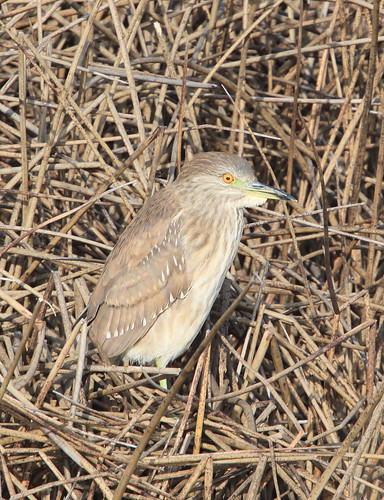

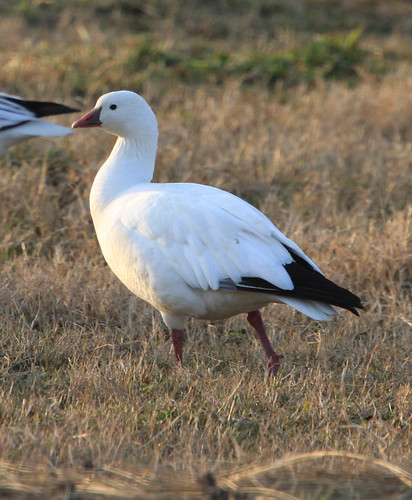
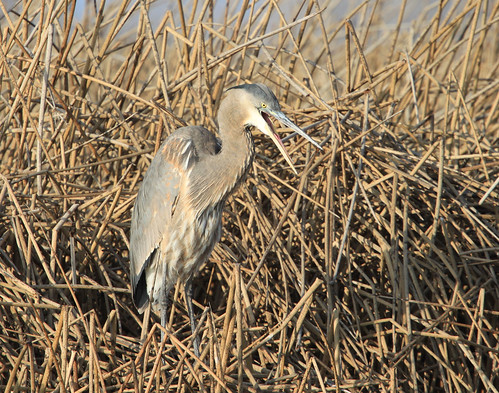

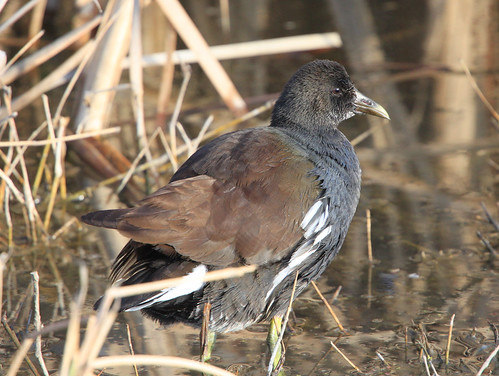
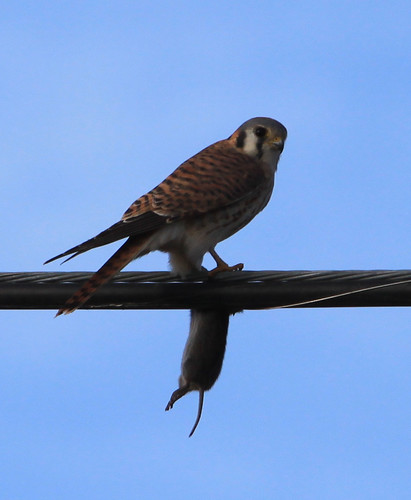

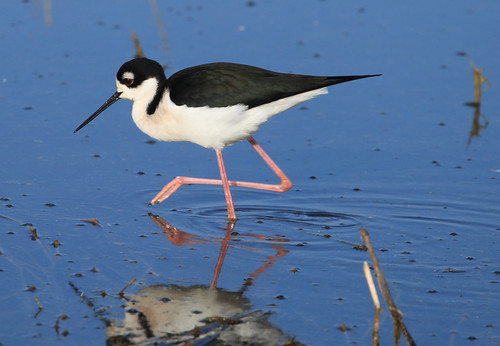
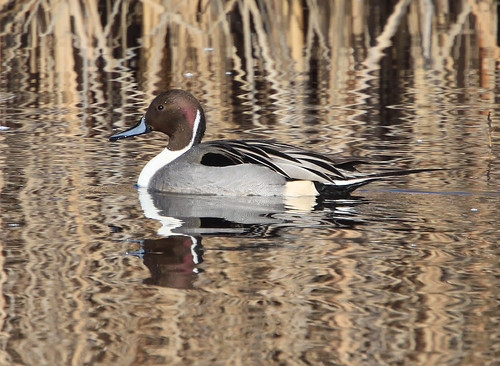
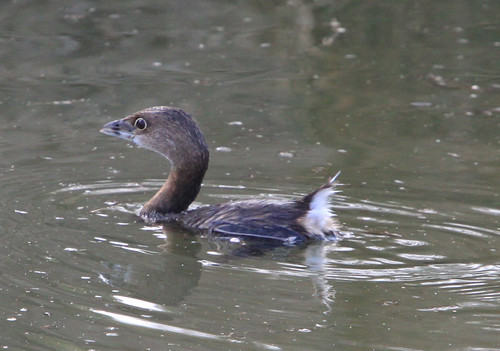
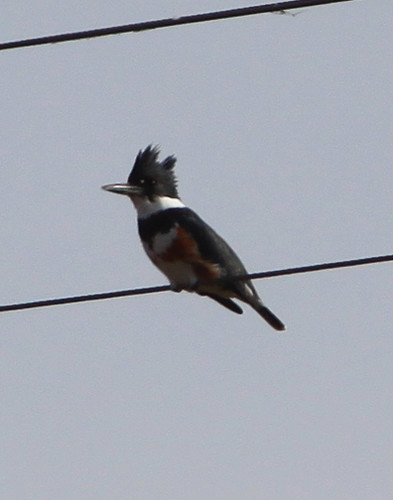
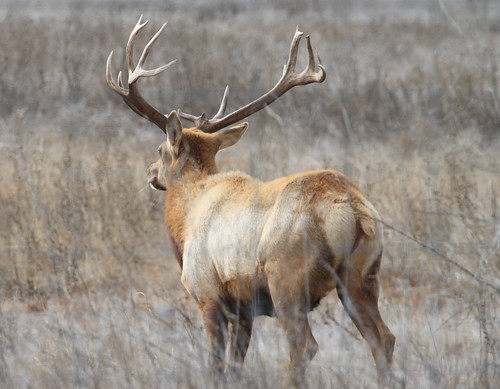
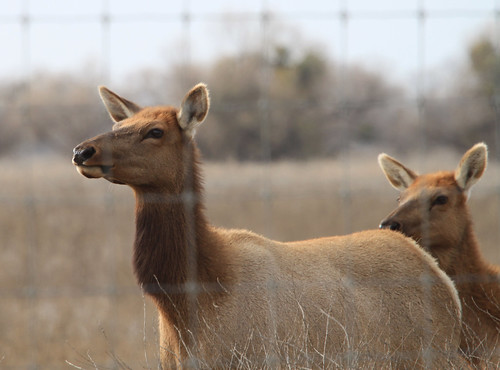















 Grab my blinkie if you wanna
Grab my blinkie if you wanna


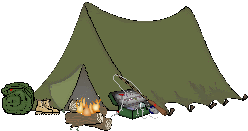













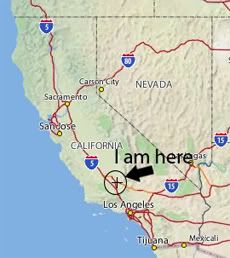


















 (Click on the links below to go there.)
(Click on the links below to go there.)




 Click the moose to sign my Guest Book
Click the moose to sign my Guest Book





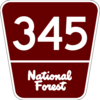


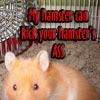 My "pet"
My "pet"

 Visit CALM
Visit CALM




